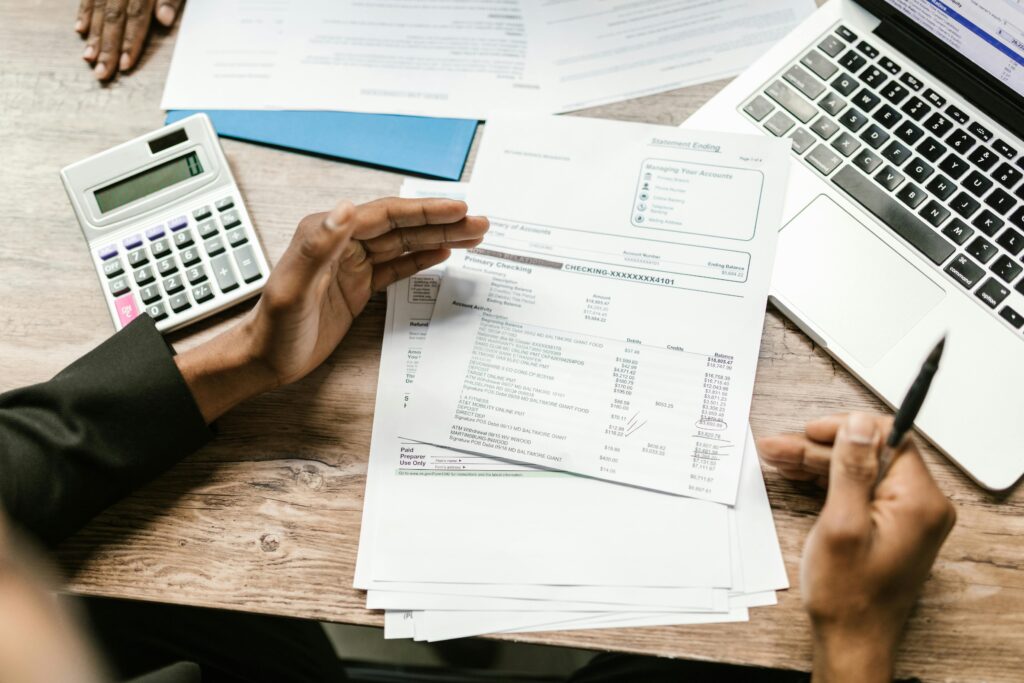
The first step in balancing your checkbook is to keep good records of your monthly activity. The best way to do this is by keeping a check register. Be sure to write down all of your deposit and withdrawal activity throughout the month. Even if you’re writing a check for a can of Ski at the convenience store, you need to write it down. Second, check the back of your bank statement when it comes in the mail. Here you will find a form that will help you reconcile your current bank statement with any outstanding (checks and deposits that have not yet cleared the bank) account activity. Lastly, keep in mind that the first couple of times you do this it may be somewhat time consuming; however, after a couple of months it will become second nature.
- On the backside of your statement, you will find a form that will walk you step by step through the process of balancing your checkbook. Before you start, please be sure you have entered in your register all automatic transactions shown on the front of your statement.
You’re going to start on the left-hand side of the paper, and list all of the outstanding checks, ATM withdrawals, and any other debits in your check register. You’re recording all of the withdrawals that do not appear on your current bank statement or any previous statement. Add up the sum of these withdrawals and total them at the bottom of the left hand column. - Now you’re going to move over to the right hand side of the paper. On the first line write the Current Balance shown on your bank statement. (located at the bottom right on your statement)
On the next couple of lines, write in any outstanding deposits (deposits not shown on this statement). Add all of the deposits together, and add that total to the Current Balance. Write this total on the next line. This will be your Total. - Next, you need to carry the total from the left hand column over to the checks outstanding spot in the right hand column.
- Subtract the checks outstanding from your Total. The number you get SHOULD agree with the balance in your check book.
- A couple of things to keep in mind while balancing your checkbook are automatic withdrawals and deposits. Maybe you have a car or insurance payment that comes out on the 15th of every month, or a payroll deposit every Friday. Whatever it may be it is very important that you remember to include these items in your check register. Another thing to keep an eye out for are un-cashed checks. Sometimes people will hang onto checks and not cash them for months. Make sure you mark them as money spent. It’s better to be on the safe side, because they will eventually be cashed!
If you have done all three steps and you still find discrepancies between your numbers and the bank’s, please contact the bank. When you call, make sure that you have your account number, any suspect check numbers, and/or withdrawal dates handy. A few common errors are:
- Checks that have not been cashed yet.
- Unregistered ATM card withdrawals that go unnoticed.
- Cleared deposits that you are unaware of. (Direct deposits, interest earned, etc.)
- Bank fees that you have not considered. (Service charges, check fees, ATM fees, etc.)
- Human error (Transpositions, addition, subtraction, etc.)
